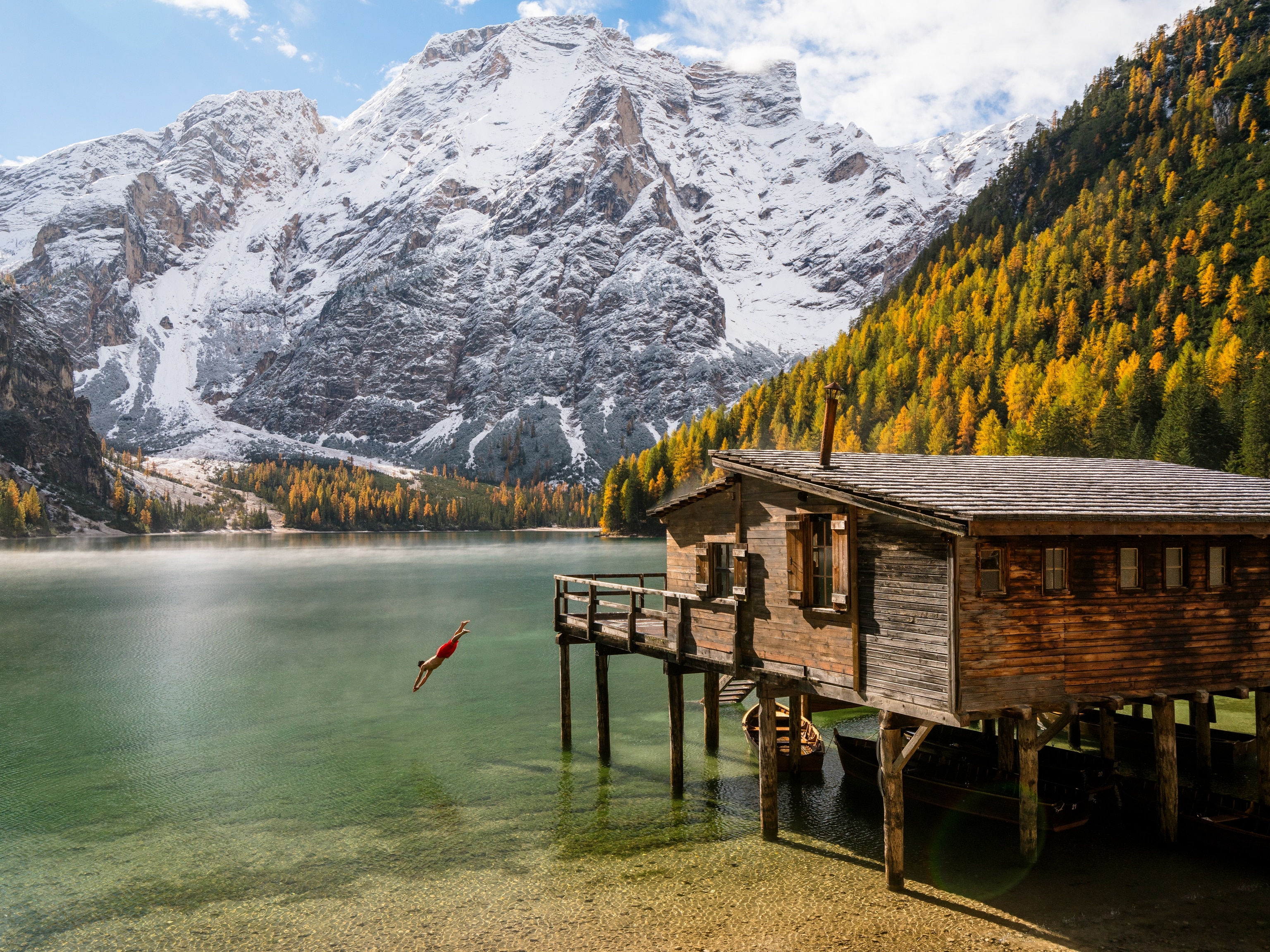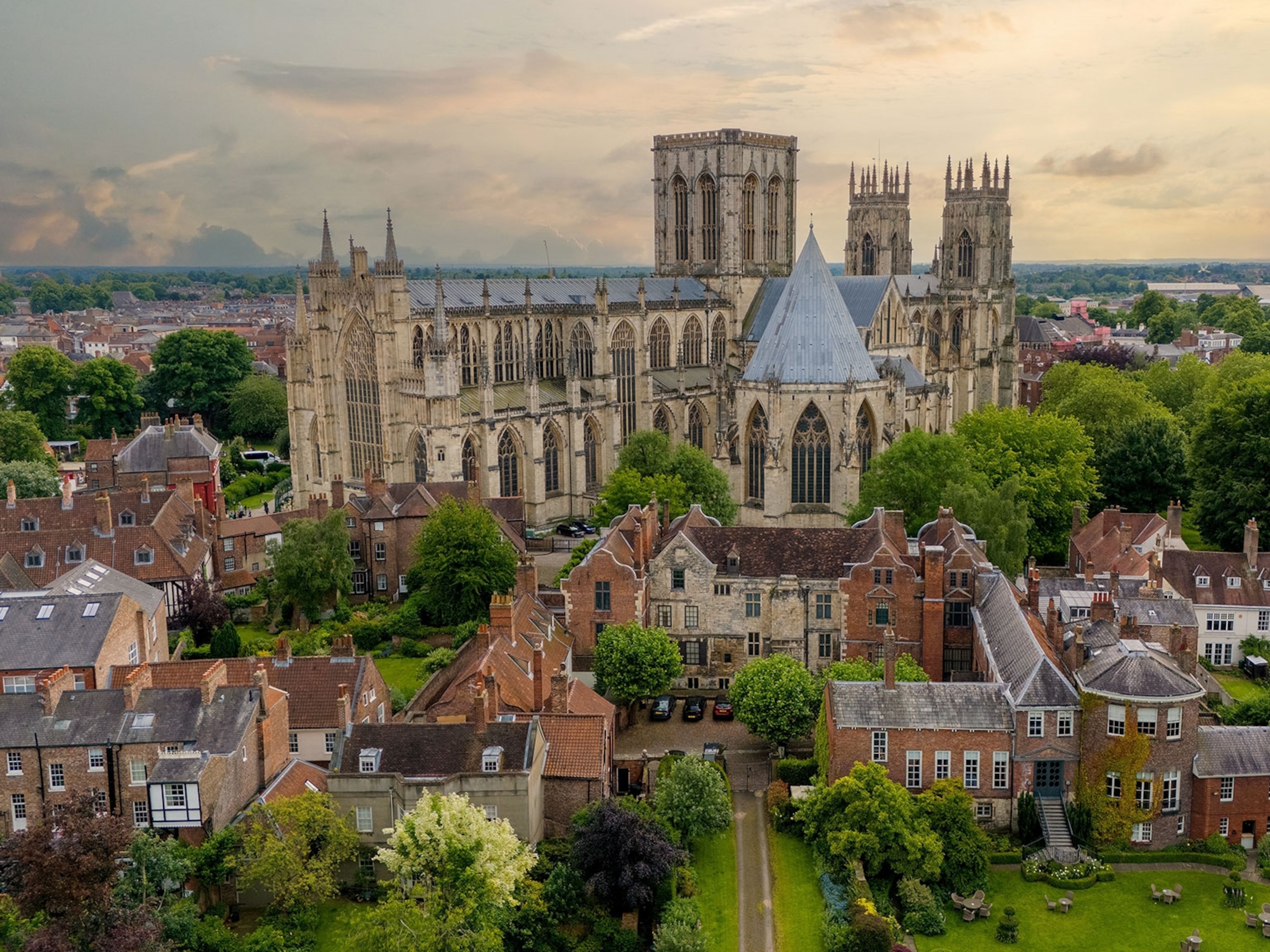
Southern Europe is opening to U.S. travelers. Here’s what you need to know.
Americans can book vacations to Italy, Spain, Greece, and France again, but such trips require COVID-19 tests, proof of vaccination, and patience.
Italy and other Mediterranean countries have recently reopened to American tourists. But will travelers come back this summer?
It’s a critical question for a region just emerging from its latest round of COVID-19 lockdowns, says Madrid-based analyst Jesus Salgado Criado of Phocuswright, a global travel-marketing research firm. “Twelve percent of Spanish GDP is—or was—dependent on tourism,” he explains. Neighboring countries—and their restaurants, resorts, and attractions—would also like to see American travelers (and their dollars) return.
“But it’s like blackjack. You can hit as long as you don’t get busted. If levels of contagion are increasing, you have to stop,” says Criado. “People are wary ‘to make the bells sing again too early,’ as we would say here in Spain.”
For European countries, the invite to U.S. tourists comes with caveats: Please visit, but know that rules and restrictions could change at any time. Plus there’s more travel prep to contend with than before, including nasal swabs, documentation of vaccinations, and fresh negative COVID-19 test results.
The U.S. Transportation Security Administration (TSA) screened more than two million passengers at U.S. airports on June 11, the highest number since March 2020, when the coronavirus pandemic was declared by the World Health Organization.
Many Americans are still delaying overseas trips. According to research firm Morning Consult, only 29 percent of Americans feel safe flying internationally. For those who choose to don their masks and soar across the Atlantic now, certain rewards await, including smaller crowds and new attractions. Here’s what to expect in four recently reopened countries.

Spain
Before boarding a plane, American travelers must visit the Spain Travel Health Portal, which features a peppy video explaining how to get the personal QR code required to enter the country. Be prepared: You need to provide proof of vaccination, a negative COVD-19 test, or a certificate of recovery, and fill out a health questionnaire within 48 hours of departure.
Travelers to Spain may find tourism “a little less social” than before, Criado says, and anyone focused on nightlife or concerts will likely be disappointed. But visitors who like outdoor recreation will find there’s plenty to explore. Plus, “nature has retaken some of the trails,” he says. Getting around Madrid has never been easier, says Criado, thanks to so many people working remotely rather than commuting.
What’s new: A 76-mile-long Lord of the Rings-inspired hiking trail—called El Camino del Anillo, aka the Ring Road—debuted in 2020, about an hour north of Madrid. (Or is that Middle Earth?)
It’s also worth visiting the medieval town of Cáceres, home to the just-inaugurated Helga de Alvear Museum. Its opening exhibit showcases an impressive sliver of the art dealer’s expansive collection, including works by Louise Bourgeois, Wassily Kandinsky, and Pablo Picasso.
France
As of June 9, fully vaccinated Americans—meaning two weeks past the second dose of Pfizer or Moderna or four weeks past the single-shot Johnson & Johnson—can say “bonjour” to a French holiday. They’ll also need to show a negative COVID-19 PCR test result taken within 72 hours of their flight. Know that unvaccinated kids can tag along with vaccinated adults.

Dana Quinn, a travel expert with Butterfield & Robinson who lives in the Cote D’Azur, has been arranging last-minute trips to France for Americans. “Everyone was in a waiting pattern,” she says. Because of continued capacity restrictions in museums and restaurants, spontaneity is out and reservations are in. “You can’t just turn up,” says Quinn.
(See haunting images of Paris during lockdown in spring of 2020.)
Country and beach house stays are in demand. But Quinn cautions travelers that they will need to be close to testing sites a couple days before their return flights to the U.S. (No matter where Americans travel in the world, they need negative results within 72 hours of their flights back.) “We plan assuming the rules now will be the rules [into the future],” she says.
What’s new: It would be magnifique to spend a night or two post-test in Paris, which is abuzz over the opening of billionaire Francois Pinault’s Bourse de Commerce. The contemporary art museum currently greets visitors with Swiss artist Urs Fischer’s wax candle replica of Giambologna‘s 16th-century sculpture “Abduction of the Sabine Women.” It’ll melt away in a matter of months.
Another splashy newcomer, the Musée Subaquatique de Marseille, displays sculptures 16 feet underwater in the Mediterranean. Make sure to pack your goggles. And the British Normandy Memorial opened June 6 near the town of Ver-sur-Mer with stone columns recording the names of more than 22,000 men and women from 30 countries who died on D-Day and during the Battle of Normandy in 1944.
Italy
Americans are allowed on all flights into Italy these days, but which one you book really matters. After a designated “Covid-tested” inbound flight—meaning all passengers must have a negative test within 48 hours of boarding their flight and another upon arrival—you can sip a spritz in a piazza right away. Other flights just require a pre-departure negative test, but travelers will have to self-isolate for 10 days upon arrival in Italy at a hotel or other lodging. All visitors must fill out a contract-tracing Passenger Locator Form before boarding.

Every summer, Lauri Dabbieri takes a trip to Italy. Or at least that’s what the Washington, D.C. Latin teacher had done annually since 1999. The pandemic canceled her 2020 plans. When the Italian government announced it would open back up to American travelers in May 2021, Dabbieri immediately booked plane tickets. She touched down in Milan last week.
Though Dabbieri was delighted to be back in the land of gelato and ancient ruins, her voyage to Italy wasn’t all smooth sailing. She’d forgotten to fill our her Passenger Locator Form and had to scramble at the D.C. airport; arrival in Milan meant waiting in an endless line for a nasal swab. “When the test was over, there was no one giving back results,” she says. “It was mayhem. And no air conditioning!”
What’s new: In Rome, see the circa-28 B.C. Mausoleum of Augustus, the largest circular tomb in the world, which reopened in April after a 10-million-euro restoration. In Milan, the new ADI Design Museum–Compasso d’Oro pays homage to Italian ingenuity through displays of creative objects and projects from cars and chairs to coffee pots and rugs.
Adventure-seekers can head way down south to hike along the 34-mile-long Kalabria Coast to Coast Trail, which opened last fall. The route winds between breathtaking beaches through olive groves, wheat fields, and picturesque villages.
Greece
Greece started welcoming back travelers in mid-May. “We joke the only reason the lockdown was lifted is because tourists came,” says Panagiotis “Panos” Papageorgopoulos, who guides history-focused tours of Athens for Context Travel. But there are still several steps required for entry, including filling out a Passenger Locator Form to receive a QR code, bringing proof of vaccination (or a negative test result or certificate of recovery), and agreeing to random COVID-19 testing upon arrival in Greece.

The strategy means Papageorgopoulos has been busy for the first time in over a year. None of the ancient sites feel packed, and there are no cruise ship hordes, which he says makes for a more pleasant experience than in the past.
(Learn how Greece is planning a more sustainable travel future.)
What’s new: After a year of so many restrictions, even he is just discovering some of the fresh options on offer, including the National Gallery, which just completed a 10-year renovation and expansion. The new Athens Olympic Museum chronicles the history and culture of the Games.
Papageorgopoulos’ favorite sightseeing recently has simply been people-watching in downtown Athens. “Everyone is uncertain and dizzy. They’re happy, but not believing they’re traveling again,” he says. “I still remember to be cautious. We have face masks to remind us. But somehow we’re getting back to normal.”
Vicky Hallett is a Washington, D.C.-based travel and health writer.







